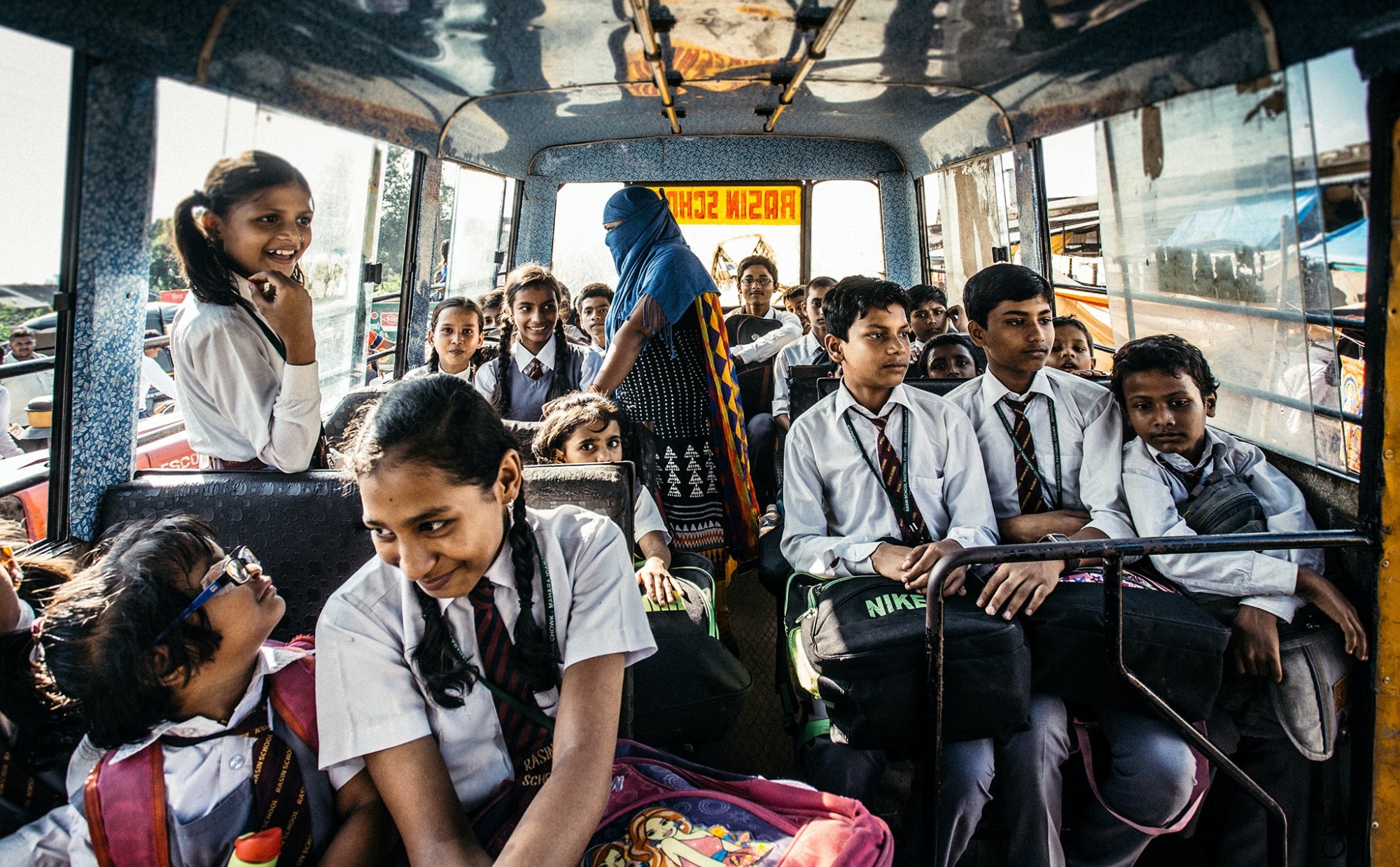Looking for the global edition?
Learn more about our skills readiness projections each major work region
Estimates indicate that by 2030, South Asia will be home to more than 400 million school-age children. If current trends continue, over half of them will not be on track to acquire the most basic skills they need to succeed in the workforce.
The 2030 Skills Scorecard: South Asia Edition calculates and projects the percentage of students in each South Asian country currently on track to attain a basic level of secondary education as a measurement for workplace readiness. The scorecard aims to highlight the region’s youth skills deficit so we can understand it and help address it.
The scorecard shows that the most populous countries in South Asia like Bangladesh, India, and Pakistan are projected to improve the proportion of children completing secondary and attaining workforce skills to 55%, 47%, and 40% respectively. The highest learning levels in the region are expected in Bhutan, which is projected to have 81% of young people learning basic secondary skills and completing school, up from 47% today.
Learn more about our skills readiness projections each major work region
This scorecard is a joint publication by the Global Business Coalition for Education and the Education Commission.
